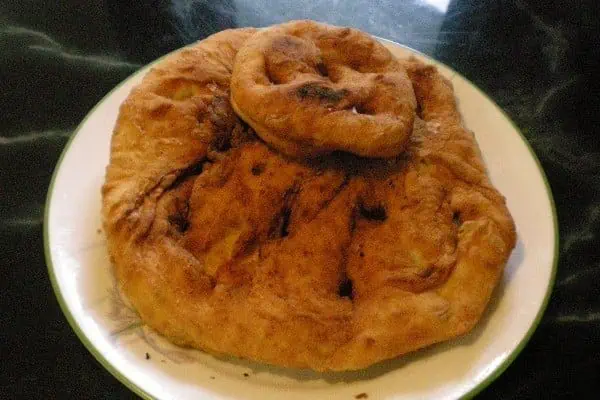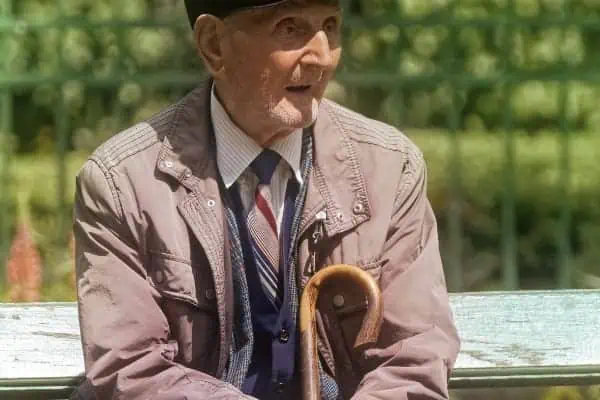In modern times oil or kerosene burning lamps are used more as part of décor than to throw light on a situation. People nowadays run electric lights – either battery powered or using electricity – from the grid or a small generator. Propane lights are also used, but to a lesser degree than 20 years ago. Both propane lights and generators are noisy, while oil lamps are silent – allowing you to hear the hooting of an owl, the howling of the coyotes or the crackling of the fire in the wood-stove.
Oil lamps have been around, basically unchanged, for a couple hundred years in our society. Meanwhile, the Inuit have used a similar lamp – without a chimney and using seal oil as fuel – called a “qulliq” for a few thousand years.
Lamps in our society have a fuel reservoir base made of glass, pottery or metal. A cloth wick adjustable for burning height hangs into the kerosene and is raised or lowered by turning a small toothed wheel, which is part of a brass coloured cap that screws onto the top of the reservoir base.
This brass cap also has four vertical, springy arms around its perimeter into which fits the bottom of the glass chimney or globe.
On a typical full-sized lamp the chimneys are usually eight to 11 inches tall and most commonly are clear glass – wider at the bottom than at the top.
Chimneys are also available in a few different shapes, some coloured while others are frosted glass to about two-thirds of the total height.
There are a few oil lamp and chimney suppliers online, but I am greatly concerned that my money will be wasted when these extremely fragile glass items arrive broken inside the packaging.
Some fairly plain, clear glass ones are available in Whitehorse and they are more readily available in the communities where the lamps may see more use.
The ability to adjust the wick up and down is important as a wick too high will smoke while burning and cover the inside of the chimney with soot in a very short time.
A wick too low (short) will not burn for long before the flame goes out.
By experimenting with the adjustment you will very soon find the point where the wick is long enough to give maximum light without smoking.
The wicks do need trimming once in awhile when the burning end gets a bit of hard charring and will not light. Just crank the wick up (while the lamps is not lit) and trim straight across with scissors. Or, for a change, cut the wick slightly higher on the outside and lower in the middle and you will then have two smaller flames when lit.
Chimneys do get a little blackened on the inside, but are easy to clean in warm, soapy water. Let them soak for a short time and then scrub with a bottle brush or a rag around a wooden spoon to get them clear again.
You have to be very close to an oil lamp if you intend to read as the light is very soft. A battery-powered headlamp solves that situation.
If some illumination and a lot of ambience is your goal, you’ll never beat a few oil lamps.




